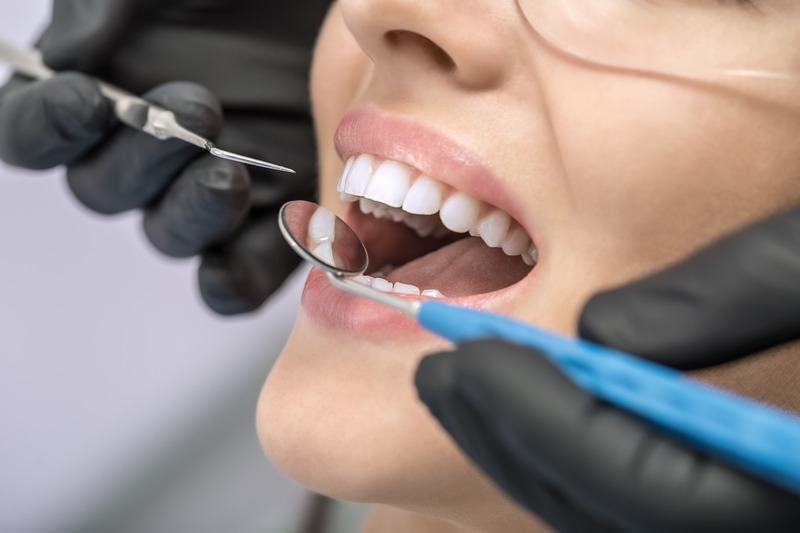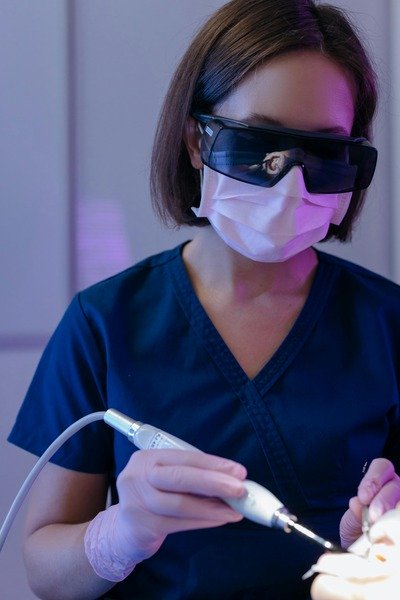When we think about orthodontic treatment, we often associate it with straightening teeth to achieve a perfect smile. However, its benefits extend far beyond aesthetics, particularly when it comes to the health of our kids’ jaws. Among the various positive outcomes of orthodontic care is its potential to aid in managing and treating TMJ disorders in children. TMJ, or temporomandibular joint disorders, can be quite bothersome and painful, especially for the little ones. But fear not; help is available and more accessible than you might think.
Alleviating TMJ Discomfort with Orthodontic Care
So, exactly how does orthodontic treatment help TMJ in our kids? It comes down to understanding the complex relationship between tooth alignment and jaw health. When teeth are misaligned, they can lead to an irregular bite, which puts undue strain on the jaw joints. This can result in the tell-tale symptoms of TMJ: pain, difficulty chewing, popping sounds, and sometimes even headaches.
Identifying Signs of TMJ in Children
Before we dive into the ways orthodontic treatment can be beneficial, let’s make sure we’re on the same page about recognizing TMJ in kids. You’ll want to be on the lookout for:
-
Discomfort or pain around the jaw, which may extend to the ears or neck
-
Popping or clicking sounds when your child opens or closes their mouth
-
Difficulty or discomfort while chewing foods
-
Headaches, often in the temple area
-
Locking jaw, making it difficult for your child to open or close their mouth completely
The Orthodontic Approach to TMJ
When you notice any of these symptoms persisting, your best bet is to seek out a TMJ dentist in The Bronx. These professionals have specialized knowledge in diagnosing and treating TMJ disorders, often collaborating with orthodontists to create the most effective treatment plans for our little ones.
Here’s how orthodontic interventions come into play:
-
Correcting Alignment: Improper bite or misalignment can stress the jaw. Orthodontic treatments, such as braces or clear aligners, can correct the bite, thereby reducing the strain on the jaw.
-
Teeth Positioning: Sometimes, teeth may be positioned in a way that doesn’t allow the jaw to close comfortably. Orthodontics can move these teeth to a more favorable position.
-
Guidance Appliances: For children whose jaws are still growing, appliances might be used to guide the proper development of the jaws and assist in achieving an optimal bite.
By tackling these issues, we can often witness a reduction in TMJ symptoms. It’s not just about creating a straight set of teeth; it’s about fostering a harmonious relationship between all components of the mouth, ensuring everything works together as it should.
Benefits of Early Intervention
Starting with childrens dental care and monitoring early on is critical. The sooner a potential TMJ issue is spotted and addressed, the better the chances of preventing more significant problems down the line. This proactive approach can result in an easier treatment process and, ultimately, a happier and more comfortable child.
Here are a few reasons to not delay treatment:
-
Preventing the progression of TMJ disorder
-
Reducing the risk of long-term damage to the jaw joint
-
Allowing for less invasive treatment options
-
Decreasing the likelihood of needing surgical intervention in the future
Orthodontic Treatment Options for TMJ
Now, let’s explore a few orthodontic treatment options that might be suggested to help with TMJ:
-
Braces: The most common orthodontic option, braces can be customized to address a child’s specific misalignment issues.
-
Clear Aligners: For older kids and teens, clear aligners can offer a less visible treatment choice while still addressing TMJ-related complications.
-
Palatal Expanders: Sometimes, TMJ is linked to a narrow upper jaw, which can be widened with these devices.
-
Retainers: After moving teeth into the correct position, retainers ensure they stay put, preventing relapse, which could re-aggravate TMJ symptoms.
Each child’s situation is unique, and the best orthodontist will evaluate their individual needs to determine the appropriate treatment.
Life After Orthodontic Treatment for TMJ
What can you expect once your child begins orthodontic treatment for TMJ? You’ll likely notice a progressive alleviation of symptoms. Alongside this, you can anticipate enhanced functionality when it comes to speaking and eating, and let’s not forget, a boost in self-esteem thanks to an improved smile.
It’s essential to maintain regular check-ups both during and after treatment. This allows your child’s care providers to monitor progress and make any necessary adjustments to the treatment plan.
What About Tooth Removal?
In some cases, TMJ disorder may be complicated by overcrowded teeth, which is where tooth removal in The Bronx comes into the picture. If extraction is needed to provide room for proper dental alignment, rest assured that this is a standard procedure and is done with your child’s long-term comfort in mind.
Final Thoughts
Children deserve to live free from TMJ disorder discomfort. Advances in orthodontic care offer treatments to alleviate symptoms, starting with early dental care to address malocclusion. This proactive approach improves TMJ conditions and ensures a healthy, functional jaw for the future. If your child may have TMJ, consult a TMJ dentist for a thorough evaluation and early intervention. Ensuring proper alignment might involve careful tooth removal, performed professionally to keep your child comfortable and healthy, providing both a great smile and a functional jaw.





